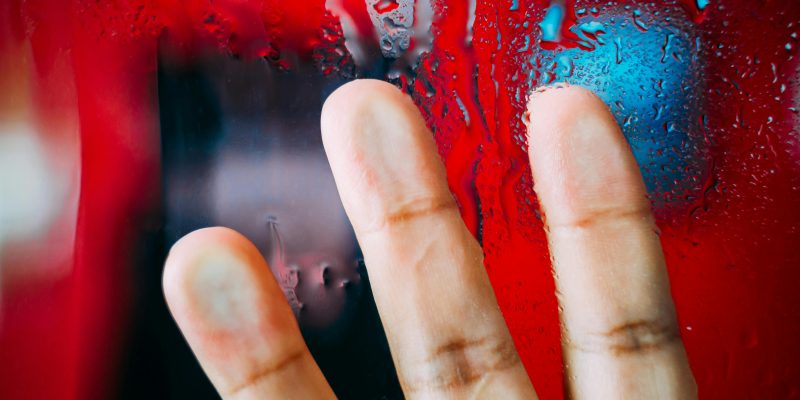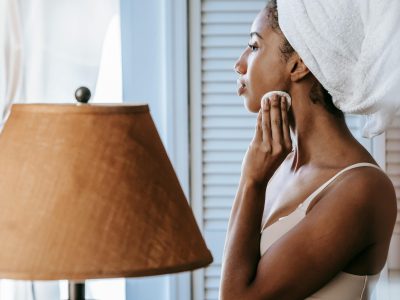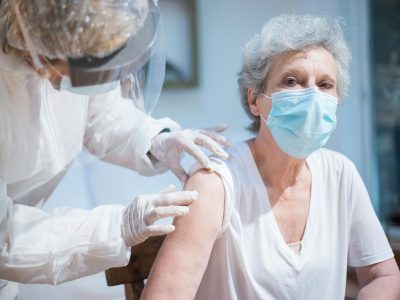Blood blisters on the fingers can be painful and a bit of a mystery. These blood-filled pockets appear suddenly and can be alarming. Coping with them and knowing what causes them could do you some good. In this post, we investigate the most common causes of these frustrating bubbles, plus prevention and treatment advice.
What Is a Blood Blister?
Blood blister is formed by the rupturing of blood vessels, and blood pools under the skin. Blood blisters are different from regular blisters filled with clear fluid. These usually occur after an injury (pinch, crushing, etc) and have dark red or purple color.
Causes of Blood Blisters:
- Physical Injury: Physical trauma is the most frequent cause of blood blisters. For example, a pinched finger (in a tool or a door) will cause the blood vessels to rupture. This injury is a common one that is usually sudden and very painful.
- Friction: Blood blisters can also be caused under constant friction with a surface. It can also happen from wearing tight gloves or dealing with a rough material. This friction causes skin layers to separate, creating a pocket below that fills with blood.
- Temperature Extreme: Extreme heat or extreme cold is a condition that is damaging to the skin, and blisters form. Hot pan or cold surface has the ability to react with the skin and generate blisters with bleeding.
- Allergic Reaction:Some allergic reactions increase the readiness of skin to blister. The integrity of the skin is diminished by exposure to allergens and this creates conditions for development of blisters even after minimal trauma.
- Medical Condition: Certain medical conditions, including blood disorders and skin diseases, can trigger blood blisters. And as such is the case with the conditions that disrupt blood clotting or skin sensitivity, it can make these occurrences happen more frequently.
- Symptoms and Identificatio: It is fairly simple to diagnose blood blisters. They look like small, raised, fluid-filled blisters that are dark in colour. They are usually associated with pain and tenderness in the area, particularly after the initial injury. These symptoms can help understand the cause and treatment of the situation.
How to Treat a Blood Blister
- Do Not Pop: Avoid, at all costs, trying to bust a blood blister. If you pop it, it can become infected and slow down the healing process. The best thing you can often do is simply leave it be and let it heal on its own.
- Protect the Area: A clean bandage allows for protecting the wound from any further harm. The barrier protects against the entry of bacteria and dirt, allowing it to heal.
- Apply Cold Compress: You can decrease swelling and pain by using a cold compress. If you massage it very gently for a short period, it will help reduce the pain without irritating the blister.
- Elevate the Affected Finger: Elevation of the finger that is affected will help to decrease the swelling. By elevating the blistered area, it allows blood to flow from the area quicker, therefore healing it faster.
- Seek Medical Advice: Seeking professional advice is always a good idea if the blister is large, painful, or has become infected. They can guide you and safely drain the blister if needed.
Prevention Tips
- Wear Protective Gear: Wearing gloves while using tools or any other friction-related outdoor activities prevents blisters. The right protective gear lowers the chance of getting hurt.
- Manage Moisture: Dry and moisturised hands are less likely to develop skin irritation. If hands are exposed to sweat or a lot of water, moisture-wicking gloves may be a better solution.
- Avoid Extreme Temperatures: By avoiding contact with hot or cold, one can avoid the formation of blisters. Be careful and stay protected to minimise heat injuries.
- Stay Aware of Allergens: Skin allergens are unequivocal skin health offenders, and as such, should be identified and avoided. Preserving the well-being of the skin lowers the chance of blistering.
Conclusion
Finger blood blisters – Usually not serious, but can still be quite painful. Knowing what causes them makes it easier to manage and prevent them. With these simple precautions, one can preserve one’s skin and heal quickly when blisters appear. Even minor efforts that involve utilising protection, treating humidity, or steering clear of irritants could create a large effect. Getting trained advice is advisable to ensure the smooth-running care of the pet and peace of mind in case doubts arise.













Comments